TCampbell
Been spending a lot of time on here!
- Joined
- Mar 31, 2012
- Messages
- 3,614
- Reaction score
- 1,556
- Location
- Dearborn, MI
- Can others edit my Photos
- Photos OK to edit
Dxo is very scientific in its reviews or sensor tests. There are often questions as to how accurate the results are vs real Fay to day usage.
The 7d2 is getting terrific reviews almost everywhere. There is a performance gap in sensors between different companies at the moment with Canon sensors scoring low in dynamic range but high in noise control at higher iso. What one works better for you depends on style of shooting but most dslrs are capable of very fantastic photos
I agree that DxO's results are questionable. My reasons for disagreement is because DxO isn't scientific at all. If they were, there'd be sample data and full-disclosure of testing methods and algorithms. DxO provides only "scores" but they guard their scoring methods. This really limits the usefulness of their information. What they provide would not be acceptable for purposes of scientific scrutiny.
I have seen the objections on this site about color, but I completely disagree. I've inspected the same images and don't think they look dull at all. What I do find is that an enormous number of images posted on the Internet are really pumped up in color -- beyond what the scene has in real life. And I feel as if people get used to this exaggerated / saturated color.
But I'd also point out that in reality there is no such thing as "color". There is only wavelengths of light. "Color" is something our human brains do to differentiate wavelengths of light. We can build filters to limit the bandpass of wavelengths and this lets us count up how much "red" vs. "green" vs. "blue" we have (even though each of those is a broad range of wavelengths). When the exposure is captured, the camera has recorded a bunch of data... but now that data has to be interpreted to process it into an image.
If you put a camera in JPEG mode, your camera probably has some settings for how it will interpret color. On a Canon they call this "Picture Style" and the camera comes with several built-in picture styles and they even give you software that lets you develop your own picture styles and load them into the camera. You can have "faithful" or "neutral" picture styles which try to interpret the data to render a color image which the software developer felt is closer to reality. You can also choose to use more vibrant picture styles which tend to saturate the colors... they have "landscape" picture styles which leave most colors alone, but saturate the greens... and the list goes on. If you shoot RAW then none of this is applied... you adjust the color when you process your images on the computer (If I like an image enough to process it... I would have adjusted the color... guaranteed. It won't matter what brand or camera model was used to take the image.)
The point is that all of these are the result of "interpretation". You can make your output have any level of saturation across any part of the color spectrum you choose... selectively limited to just certain colors, broadly across all colors, you can even do color substitution so that a picture of a green car will show up as an orange car (I did this to a friend once... he had a red sports car and I turned into a "Mary Kay Pink" and sent it to him as a gag.) This is a bit easier to imagine if instead of thinking of "color" as being a red/green/blue (or cyan/magenta/yellow), you instead think of it has hue/saturation/brightness and you can trade one hue for another but leave it's saturation and brightness alone... the result is a very convincing color-swap of one for another (of course you can toy with saturation and brightness too.)
To me, the color is highly subjective... you may as well be judging the camera based on the quality of the neckstrap that came with it -- knowing fully that if you don't like the neckstrap you could always swap it for a different one. In no way would this limit the images that can be achieved using the camera.



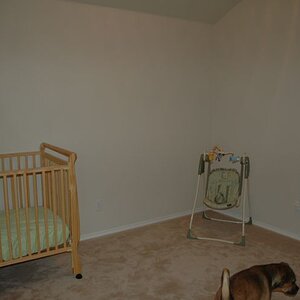

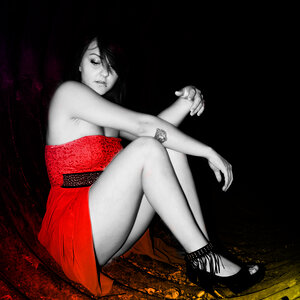
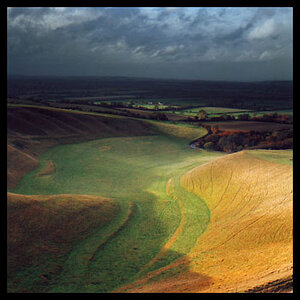
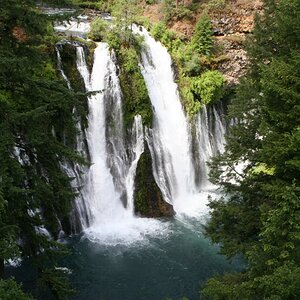
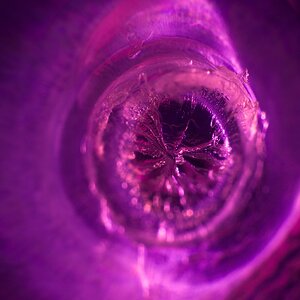

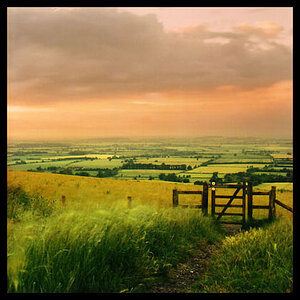

![[No title]](/data/xfmg/thumbnail/38/38748-ed31bfa7e0ad498ba3aa5dfbf3666f8d.jpg?1619738704)
